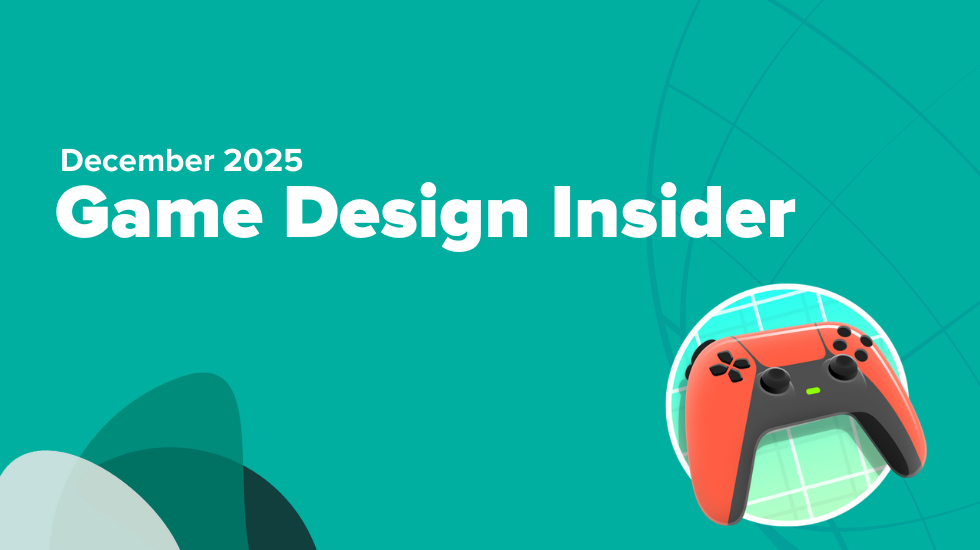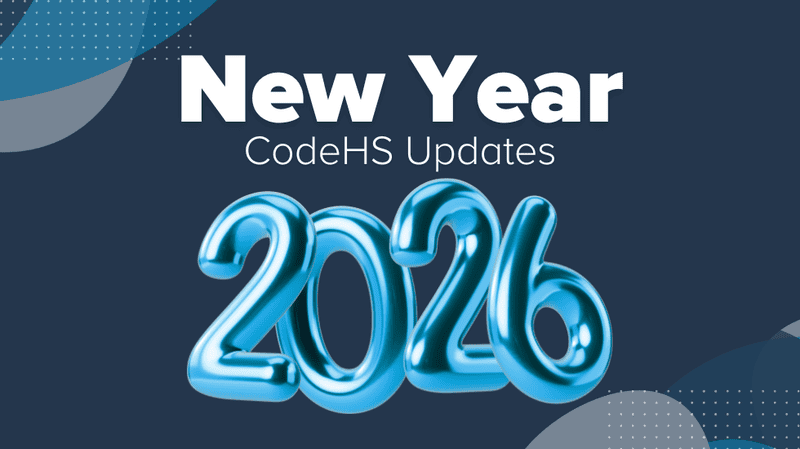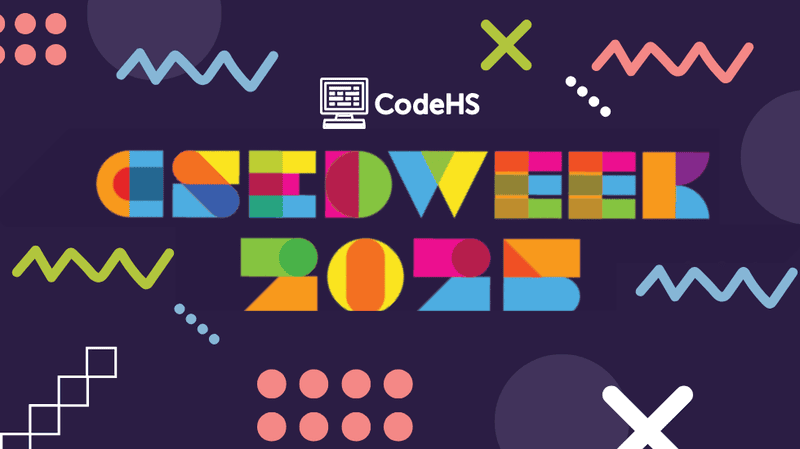Engaging Students After the AP Exam
Encouraging Students to Create Hands-On Projects and Portfolios

During the 2024 Virtual Teacher Conference, attendees learned more about topics like CodeHS updates, using AI in the classroom, and student engagement. One topic covered was the importance of continuing to engage students after the AP exam takes place. Richard Groeneveld, a computer science teacher in Marietta, Georgia, shared some tips he has to continue creating learning experiences for students after the AP exam.
Game Design: Exploring Web-Based Game Development Platforms
After the AP exam season, it’s the perfect time to dive into more hands-on, student-driven projects. One of the go-to activities Groeneveld uses is game design. Students are often excited about the prospect of creating their own video games, and this can be a fantastic way to keep them engaged and motivated.
He’s had success with several web-based game development platforms, each offering unique benefits for different student levels and interests:
G-Develop
G-Develop is a more advanced platform that he uses with his fourth-year students and some of his AP Computer Science A classes. It provides a robust set of tools and features for creating complex, polished games.
Kaboom.js
For his AP Computer Science Principles students, he prefers the Kaboom.js JavaScript library. It strikes a nice balance, allowing students to dive into game development without getting bogged down in overly complex syntax or setup.
Vanilla JavaScript
Groeneveld has students create games using plain old JavaScript and HTML. This approach works well for any group, especially if HTML is already part of your curriculum. The simplicity of vanilla JavaScript allows students to focus on the core programming concepts without getting distracted by a new framework or library.
Regardless of the platform, he follows a similar format for these game design projects:
- Resources and Inspiration: He provides students with a wealth of resources, including documentation, tutorials, and examples of impressive student-created games. Seeing what’s possible gets them excited and motivated.
- Planning and Documentation: Students plan out their game designs, documenting their ideas and strategies. This helps them think through the project systematically.
- Development and Submission: Students build their games and submit them for review. He offers a variety of ways for them to share their creations, such as hosting on a website or GitHub repository.
By giving students the freedom to explore these game development platforms, Groeneveld has found they become deeply engaged and often create projects that exceed his expectations. Many of them even continue working on their games long after the initial assignment is complete.
Expanding Horizons: Integrating Industry-Relevant Topics
In addition to game design, he likes to introduce his students to other industry-relevant topics that may pique their interest. He often turns to the CodeHS Course Catalog to find supplementary modules on subjects like cybersecurity, app development, or emerging technologies.
He’ll either create a standalone course to house these additional units or seamlessly integrate them into his existing class structure. This approach allows him to expose students to a broader range of computer science concepts and potential career paths, all while utilizing the resources available through CodeHS.
Showcasing Student Work: Building GitHub Portfolios
One of the most valuable projects he implements after the AP exam is the creation of a GitHub portfolio. This exercise not only helps students document their accomplishments but also introduces them to the powerful tool of version control and collaborative development.
He guides students through the process of setting up their GitHub accounts and repositories, starting with projects they’ve completed in their previous computer science courses. From there, they continue to build out their portfolios throughout the year, adding new projects and refining their work.
By the end of the year, some of his students’ GitHub portfolios are truly impressive, showcasing their growth and expertise in a professional, shareable format. This benefits the students and also serves as a valuable resource for teachers when writing recommendation letters or supporting students’ college and career aspirations.
CodeHS Tip: Students can also create and host a portfolio webpage on CodeHS to feature creative and original programs they’ve created over the years. Learn how here.
Encouraging Extracurricular Engagement
While Groeneveld doesn’t directly incorporate extracurricular activities into his classroom, he does encourage students to participate in coding competitions, hackathons, and other outside-of-school events. He finds the more engaged students are in the Computing Club or similar organizations, the more likely they are to seek out other valuable experiences.
Groeneveld shares about students who have come back from holiday breaks or summer vacations with stories of the hackathons they’ve attended or the projects they’ve worked on independently. He’s always excited to see this level of self-motivation and passion for computer science, and looks forward to celebrating his students’ achievements.
Embracing Emerging Technologies
In recent years, he’s noticed a significant shift in the capabilities and sophistication of his students’ work, thanks in part to the rise of tools like ChatGPT and GitHub Copilot. While he doesn’t encourage over-reliance on these AI-powered assistants, he does allow his students to leverage them as part of their development workflow.
He’s found these technologies don’t solve the big problems for his students, but they do help streamline certain tasks and allow students to focus more on the higher-level problem-solving and critical thinking aspects of their projects. By embracing these emerging tools, he’s preparing his students for the realities of the modern software development landscape.
As we move beyond the AP exam, the opportunities to keep students engaged and excited about computer science are endless. From hands-on game design projects to building professional-grade GitHub portfolios, there are countless ways to empower your students to continue their learning journey and meaningfully impact the future.
Interested in watching the full video version of this webinar? Visit our YouTube channel to see the full list of Virtual Teacher Conference recordings.
Sign up for a free CodeHS teacher account and visit the AP CSA and AP CSP resources hubs to access all our AP resources today.


